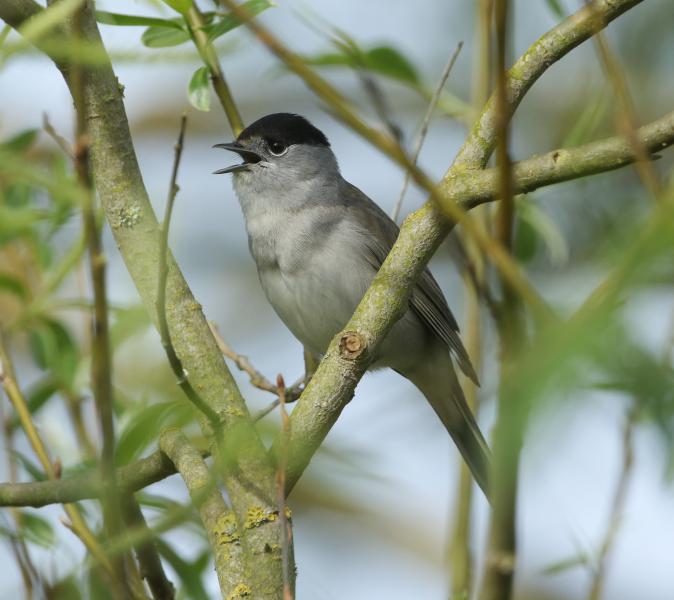Spotter's Guide - Spring and Summer Birds
Use our handy spotter's guide to identify these spring and summer birds which are found in the Forest.
The willow warbler is very similar to the more well-known chiffchaff in appearance, but its song is a flute-like warble, very different to the 'chiff-chaff' of the chiffchaff! These small birds migrate to and from sub-Saharan Africa every year. They are a bird of parks, young woodland and scrub, so can be found all over the Forest.
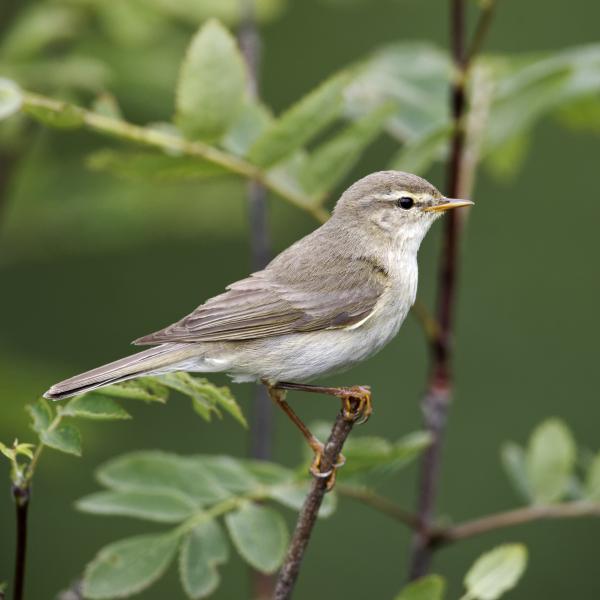
The song thrush is a small thrush with a beautifully speckled breast, and is perhaps the best songster which can be heard in our area. Its Latin name refers to Philomela, a mythical Greek who was turned into a singing bird. Song thrushes are found in parks and gardens, as well as many of the new and old woods in the Forest.
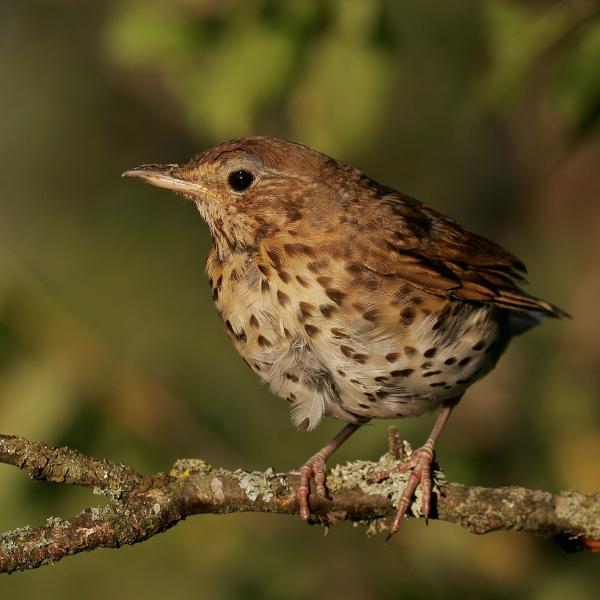
The stock dove is a smaller and prettier-looking relative to the ubiquitous woodpigeon, with recognisably blackish underwings in flight. Listen out for their ‘who who who who!’ call in parks, gardens, woodlands, and the wider countryside. Stock doves regularly nest in bird of prey boxes around the Forest.
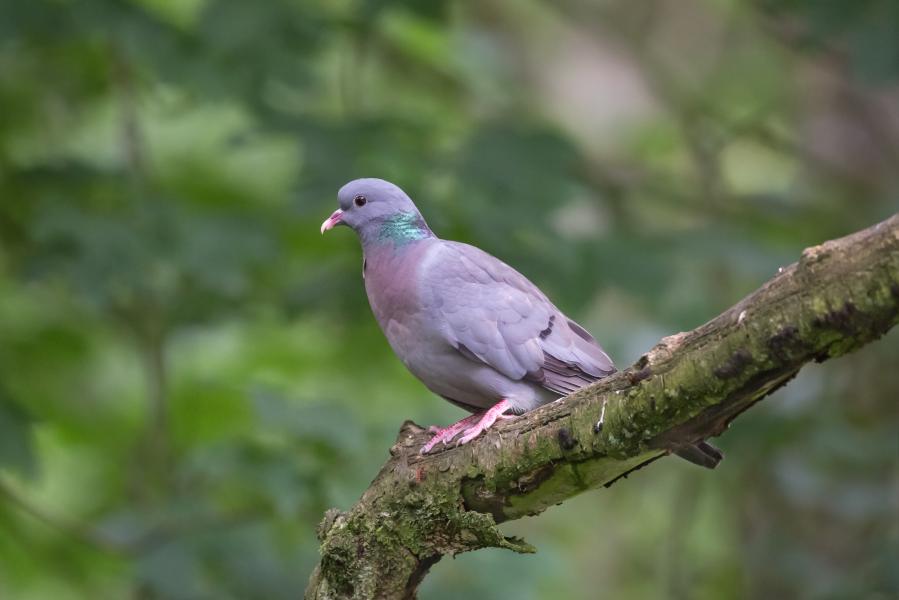
Swifts nest in buildings in most of the UK, but in the Caledonian pine forests of Scotland they nest in tree holes. We have no tree-nesting swifts in the Forest, but they are often seen flying overhead with their crescent-shaped wings. They are one of the last birds to arrive in the UK in spring to breed.

The little owl is a speckled, grey-brown bird the size of a thrush; they are more likely to be seen in the day than the other breeding owls in the Forest. You may find them perched on fence posts and apple trees in the old orchards around Dorsington or the young plantations at Spernal.
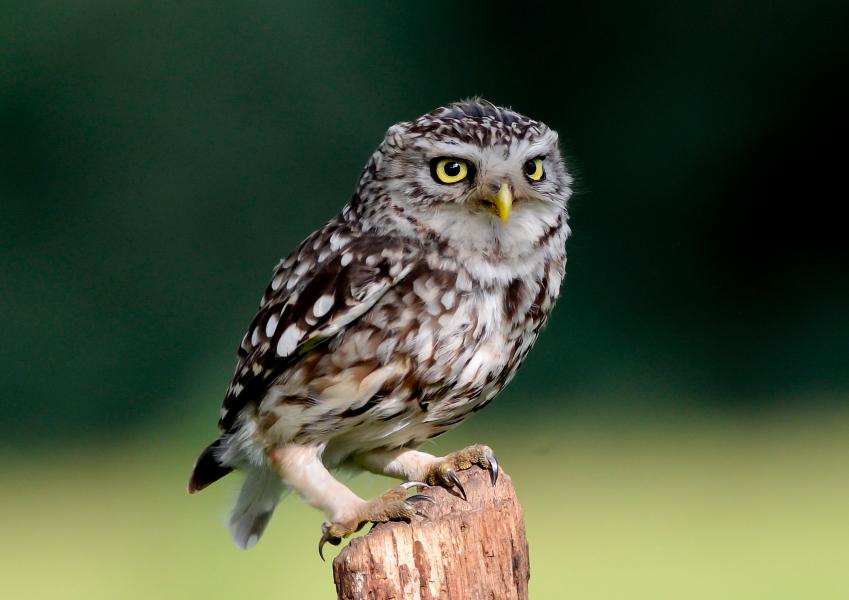
The bullfinch is our second largest finch after the rare hawfinch; it is a mix of black, grey, white and either a rose-pink breast on males, or a peach-coloured breast on females. It is very flighty, often seen flying away while making its single note whistle call. They can be seen in hedgerows, on the edge of woodland, orchards and occasionally in gardens.
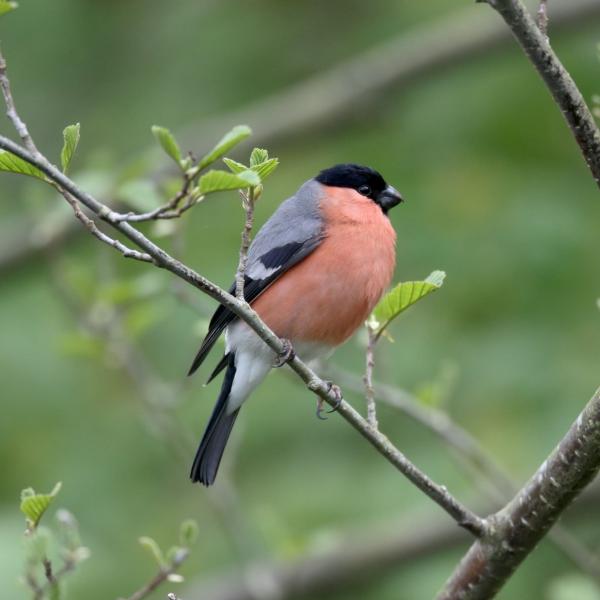
Starlings are song thrush-sized birds with iridescent black feathers, perhaps most well-known for the large murmurations and flocks they form in the winter. They can be found on birdfeeders, lawns and short grassland. They nest in tree holes and old woodpecker nests, so keep your eye out for these while around the Forest.
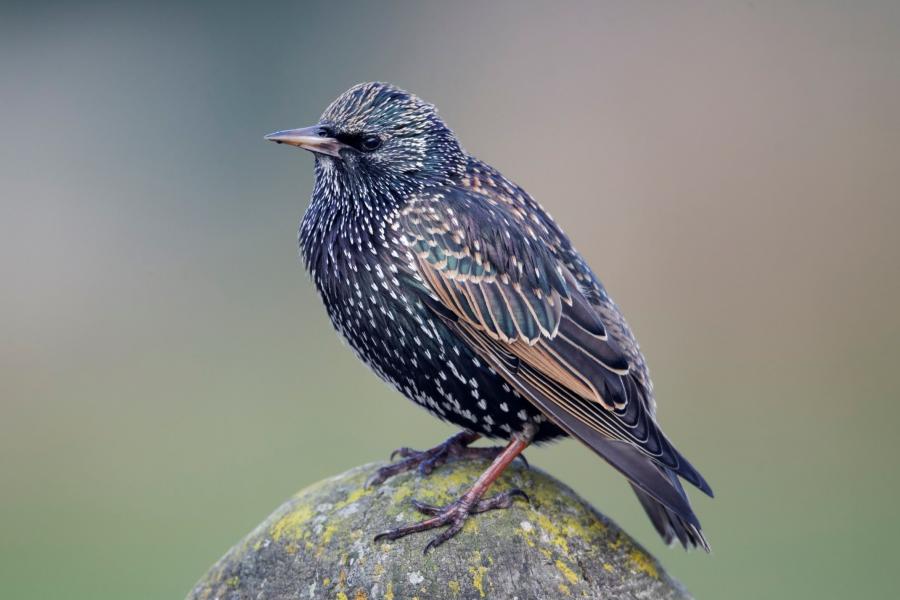
The raven was barely present in the Midlands 30 years ago but is now common here. They are our largest crow and likely our loudest too; their guttural calls carry far. They are often seen flying over the Forest performing display flights and are perhaps most common at Coughton Park.
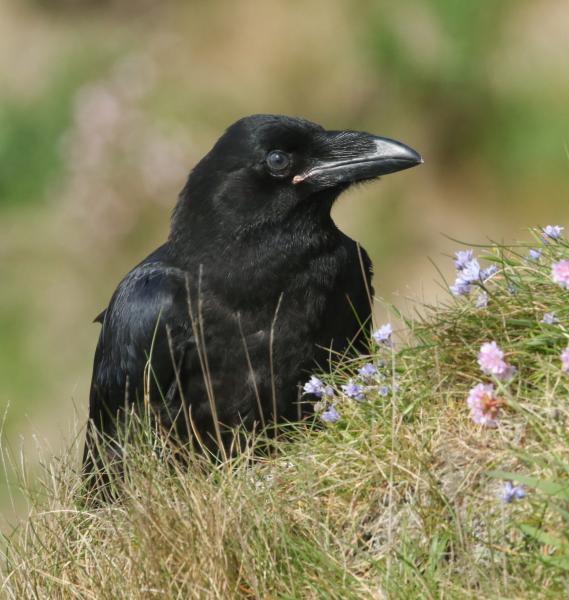
The blackcap is a common, grey-brown warbler of woods, hedgerows and gardens in the spring and summer, so can be found throughout the Forest. Despite its name, only the male birds have black caps; female and juvenile birds have brown caps. In the last few decades, increasing numbers of blackcaps from the continent are choosing to overwinter in the UK instead of migrating southward.
